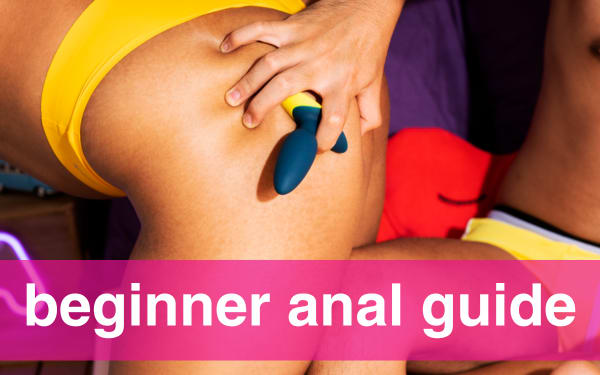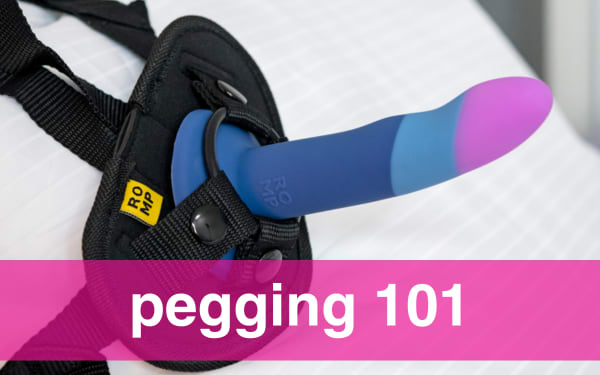Whether you have a family history of breast cancer or you know someone who does, chances are good that it?s touched your life in some way — after all, one out of every eight women will develop breast cancer. Thankfully, there?s a lot you can do to detect this cancer in its earliest stages. Love your body by helping it to fight off disease early, and you?ll have that much more time to love your body in all sorts of other Babeland-approved ways.
The most important thing is to get to know your breasts — by doing this self-exam consistently, you?ll get to know how they feel and look at different points during the month. It takes only 10-15 minutes, and need we even point out that you?re worth it?
Here's How:
- Lay down and place a pillow under your right shoulder, and your right arm under your head.
- Using the three middle fingers of your left hand, massage your right breast with the pads of your fingers. Check the entire breast for any lumps or abnormalities. You can move in a circular motion, or up and down?just make sure you use the same motion every month.
- Continue the motion, extending to the outside of the breast, and to your underarm.
- Repeat on left side.
- Next, repeat exam standing up, with one arm behind your shoulder as you examine each breast. Standing or sitting up allows you to feel the outside of the breast more accurately.
- For added precaution, stand in front of a mirror and squeeze each nipple. Look for any discharge.
- Take note of any dimpling, redness or swelling.
- If you notice anything unusual, contact your doctor as soon as possible; it may be nothing to worry about, but it?s far better to know than to wonder.
Tips:
- You can do a portion of the exam in shower. Incorporating it into a normal activity can make it easier to do, and less of a time constraint. Remember to mark your calendar every month as a reminder.
- Do the self breast exam every month at the same time. Menstruating women should perform it a few days after their period. Women taking oral contraceptives should do the exam on the first day of starting a new pack of pills.
- Report any change to your physician, even if you feel it is minor.
- Remind your friends and family members to do their self-exams, too!
Also Recommended:
- Check out our breast-friendly toys, like pasties or nipple clamps
- How to play with breasts









